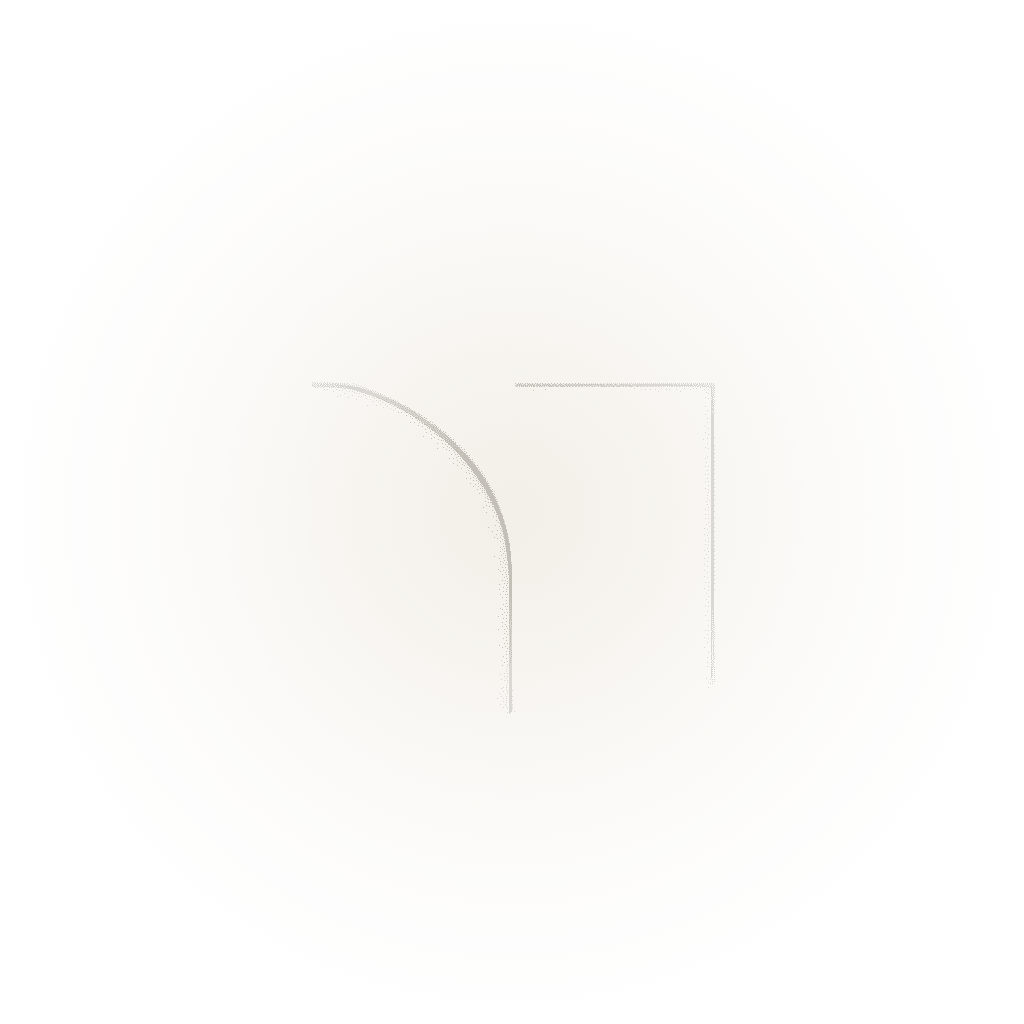Systems designed around the people who use them.
What We Build
At Huddle, we design systems that make sense — built for your goals, your team, and your next stage of growth.
01
CRM & CX Systems
Structured lead flow, automated onboarding, client health at a glance.
02
Proposal & Quote Tools
Faster quotes, fewer errors, cleaner handovers.
03
Project Trackers
Ownership, dates, budgets, people management and dependencies all in one place.
04
Live Reporting & Intelligence
Real-time metrics for sales, operations, and delivery.
05
Workflow Automations
Triggers, syncs, and alerts to cut busywork.
06
Quality Assurance Systems
SOPs, forms, approvals, and a central knowledge hub.
How We Scope Your System
The Investigation
A structured deep dive into your systems, data, and workflows — revealing what’s working, what’s not, and where to improve.
Delivered through Huddle’s ClearPath Framework, it follows five clear phases that surface friction, connect insights, and give your team the clarity to make confident decisions.
Phase 01
Discovery & Onboarding
Map systems, users, and strategic goals.
Phase 02
System Audit & Usage Analysis
Trace daily workflows, manual work arounds, integration issues and system health.
Phase 03
Data Audit
Assess data integrity, governance and reporting quality.
Phase 04
Workflow & User Assessment
Understand how well your system supports team success and daily operations.
Phase 05
Complexity & Proposal
Define project complexity, provide evidence and prepare an actionable plan.
Looking for answers?
Clarity Starts Here.
Find clear answers to the questions we’re asked most. Still unsure? Take the context scorecard — we’ll point you in the right direction.

What makes Huddle different?
Huddle starts where most don’t — by understanding how your business actually runs.
We find the friction, map how work gets done, and connect the systems that support it. Our process builds clarity before cost, trust before commitment, and capability into every outcome.
Do you build bespoke software?
Yes — when it makes sense strategically. If off-the-shelf solutions can’t get you there, we build what’s missing — tailored components designed to extend, not replace, your stack. We’re platform-agnostic, which means we design systems around your business — not around a specific tool or vendor.
How does a project start?
Every project begins with ClearPath — our structured way to define what you really need before we start building.
1) Context Scorecard → understand your current systems and challenges.
2) Agent Session → explore your workflows and opportunities.
3) Path Confirmation → agree on the right direction forward.
We then run a short paid investigation to validate scope, so your project can move ahead with clear expectations and a fixed price.
What's included in an engagement?
- Workflow mapping to uncover inefficiencies and risks.
- System redesign aligned to your goals and ways of working.
- Delivery of fit-for-purpose tools with clear documentation.
- Onboarding and ongoing support to embed capability within your team.
What outcomes can we expect?
Expect systems that give you time back to focus on growth, not maintenance.
With less double-handling, faster decisions, and clear ownership across your team, your business runs smoother — creating space to focus on what matters most.
How do you scope and price?
After ClearPath’s investigation, we provide a fixed, evidence-based proposal with a clear roadmap. You’ll see scope, risk, and ROI up front — so you know exactly what’s being built, why it matters, and what it will deliver.
What platforms do you work with?
Whatever fits your business needs — CRMs, quoting tools, project trackers, dashboards, or integrations connected to work as one. We’re platform-agnostic, choosing tools based on performance and fit not on partnerships or preference.
How do we get started?
Start with the Context Scorecard — it’s fast, free, and helps us see how your systems are really working.
From there, you’ll meet with your Agent to review the results, clarify what’s holding things back, and confirm the best path forward.
The goal is simple — to give you a clear picture of where to focus and what’s possible next.